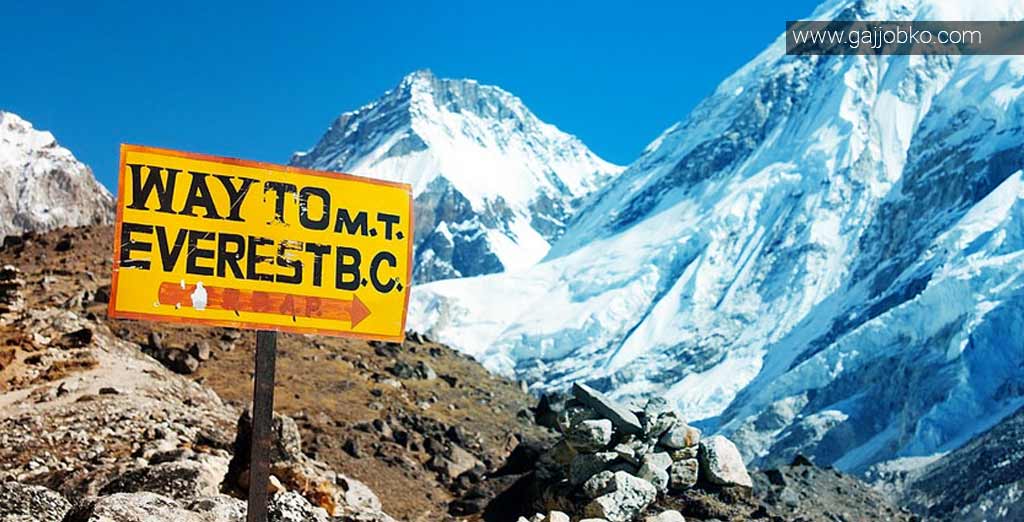
Conquering Mount Everest was once the holy grail of mountaineering. And it basically still is, though more people are making the attempt than ever. Not everyone who tries the climb makes it home, but why? Here’s why Mount Everest is claiming so many lives. It isn’t just falling Mount Everest is more than 29,000 feet tall, which might make you think most victims of the mountain die by falling. But that’s only the second most common cause of death. According to the BBC, most people who die on Everest are killed in avalanches. The third most common cause of death on the mountain is exposure or frostbite, which accounts for around 11% of fatalities.
Other causes of death include falling ice, rope accidents, pneumonia, or even drowning. Surprisingly, more people die on the way down from the summit than on the way up, and route preparation is dangerous, too. A total of 120 people has died while working on the routes, with a handful more dying at base camp, in route to base camp, or during an evacuation. So really, you’re not safe anywhere on Mount Everest.

Traffic jams Mount Everest is one of the most remote places on Earth. It takes 10 days just to get to base camp in Nepal, six weeks to acclimatize, and another nine days to climb to the top, and that’s assuming conditions are ideal. It’s also expensive, the low-end figure for an Everest expedition is about $30,000, with an average cost of around $65,000. And yet one of the things that’s been killing people on Mount Everest is something most of us wouldn’t expect: traffic. In a strange and unexpected development, modern Everest has become something of a tourist trap. On the perfect climbing day, you might encounter hundreds of other climbers, all trying to reach the exact same spot. So now, much like your favorite theme park, you have to wait in line. The difference is, if you stand too long inline at a theme park the only pain and suffering, you’ll experience is the endless whining of your children. If you wait too long in line at Mount Everest, you might run out of oxygen and die. So, bring lots of oxygen canisters! Or, you know, just stay away from this mountain, and go line up for Space Mountain instead. No experience necessary? You can climb Everest from two different basecamps: One in Nepal, and the other in Tibet. The governments behind both camps used to be pretty selective about who got to go up the mountain. Up until 1985, Nepal tended to allow only one expedition on each route at a time.
But Nepal is not a wealthy nation, and a single climbing permit costs $11,000. That represents a significant income for Nepal: in total, the climbing industry is worth about $300 million a year. The Nepalese government issued a record number of 381 permits in 2019, and announced no intention of scaling back, despite seeing the highest death toll since 2015. “Ang Dorje Sherpa, who’s summited Everest20 times, says he’s never seen the mountain so packed.” “Do you think things need to change?” “Yes.” There are also no official physical requirements for climbing permits, and some of the adventure outfits operating in Nepal are less-than-strict about who they’ll take to the summit. That means more inexperienced climbers on the mountain, which means more danger for everyone. A tiny window of opportunity You might imagine the best time to visit Everest would be high summer, when you don’t have to worry about blizzards and freezing temperatures. But you can only really climb Everest during the month of May, in a very short window of time between the winter storm season and the summer monsoon season. But hey, that’s at least balmy spring, right? Nope. At base camp, daytime temperatures max out at around 59 degrees Fahrenheit, and at night they drop to freezing. That temperature drops roughly 2.7 degrees for every 490 feet of elevation, and the summit is 11,429 feet above base camp. On the flipside, some parts of Everest can be hot in May, up to 90 degrees, especially broad, snowy expanses that reflect the sun. So even in ideal conditions, the weather is going to be bad.
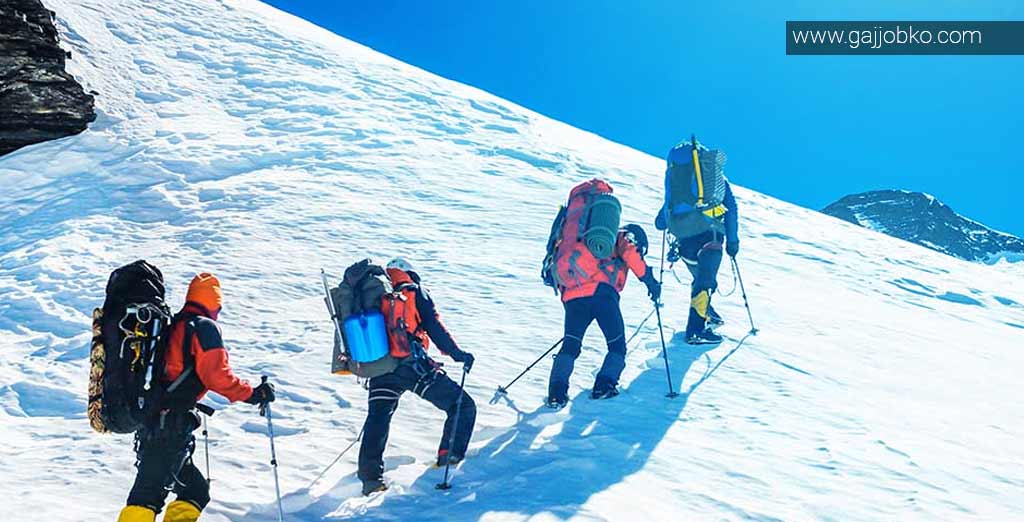
And just because you book your ascent during that narrow window doesn’t necessarily mean you’re going to be safe. In recent years there has been a rash of so-called “blue sky” deaths, because everyone wants to climb Everest when the sky is blue, and in the 2019 season the weather window was especially narrow. On May, climbers set a record for the most humans to reach the summit in a single day with a total of more than 200. It’s called that for a reason No matter how fit you are, once you reach a certain elevation, your body starts to literally die, and you still have more than 4,000 feet to go. At that point, you’re racing against your own mortality. That last 4,000 feet is called the death zone, because there’s not enough air there for the human body to continue functioning. Outside magazine editor Grayson Schaffer described the death zone to NPR, saying, “Once you get to about 25,000 feet, your body just can’t metabolize the oxygen. Your muscles start to break down. You start to have fluid that builds up around your lungs and your brain. Your brain starts to swell. You start to lose cognition.”
Also Read:
Why is ‘Sagarmatha’ called as “Mt. Everest”?
The BEST View of Himalayas
Protect Yourself; COVID-19
“When you are at that altitude, every breath you take, it only contains about a third of the oxygen that it would if you were at, say, sea level.” In the death zone, climbers can suffer from heart attack, stroke, and altitude sickness. Fluid can accumulate in the lungs, leading to altitude pulmonary edema, which causes a cough that’s sometimes so severe it can crack a rib. The low oxygen can also lead to transient blindness or hemorrhage in the blood vessels of the eyes. And the whole experience is so physically taxing that one study found Everest climbers typically lose between 10 and 20 pounds. Mind playing tricks as a climber’s body fails, so does the brain. Climbers in the death zone can experience high-altitude cerebral edema, which can cause vomiting and impaired judgement. Some climbers might actually forget they’re on Everest, and behave irrationally at the worst possible time. Some climbers may even experience a kind of psychosis, and there are plenty of reports of people hallucinating. The conditions make it very difficult to make life or death decisions, for yourself, or anyone else. Once you’re in the death zone there’s very little you can do to help a fellow climber in distress, meaning that trying to help someone may just result in both of you dying. Is that theme park starting to sound good yet? Summit fever Impaired judgment and high altitudes are not a great combination. But when you add ego and a heavy financial investment, you’ve got all the ingredients for death and despair. There is a phenomenon called “summit fever “that exerts fierce control over many Everest climbers. It’s partially caused by impaired judgment, but it also has to do with fear of failure, and an unwillingness to spend tens of thousands of dollars to not make it to the top. “You’re so close, and you want to summit. And you’re pulled mentally with this strain of ‘I want to go up, but I should go down.'” People who have spent years preparing for Everest may not be ready to face defeat even when it’s obvious they’re not going to make it. So instead of turning around and being humble, people push themselves through deadly conditions, and often, they get deadly results.
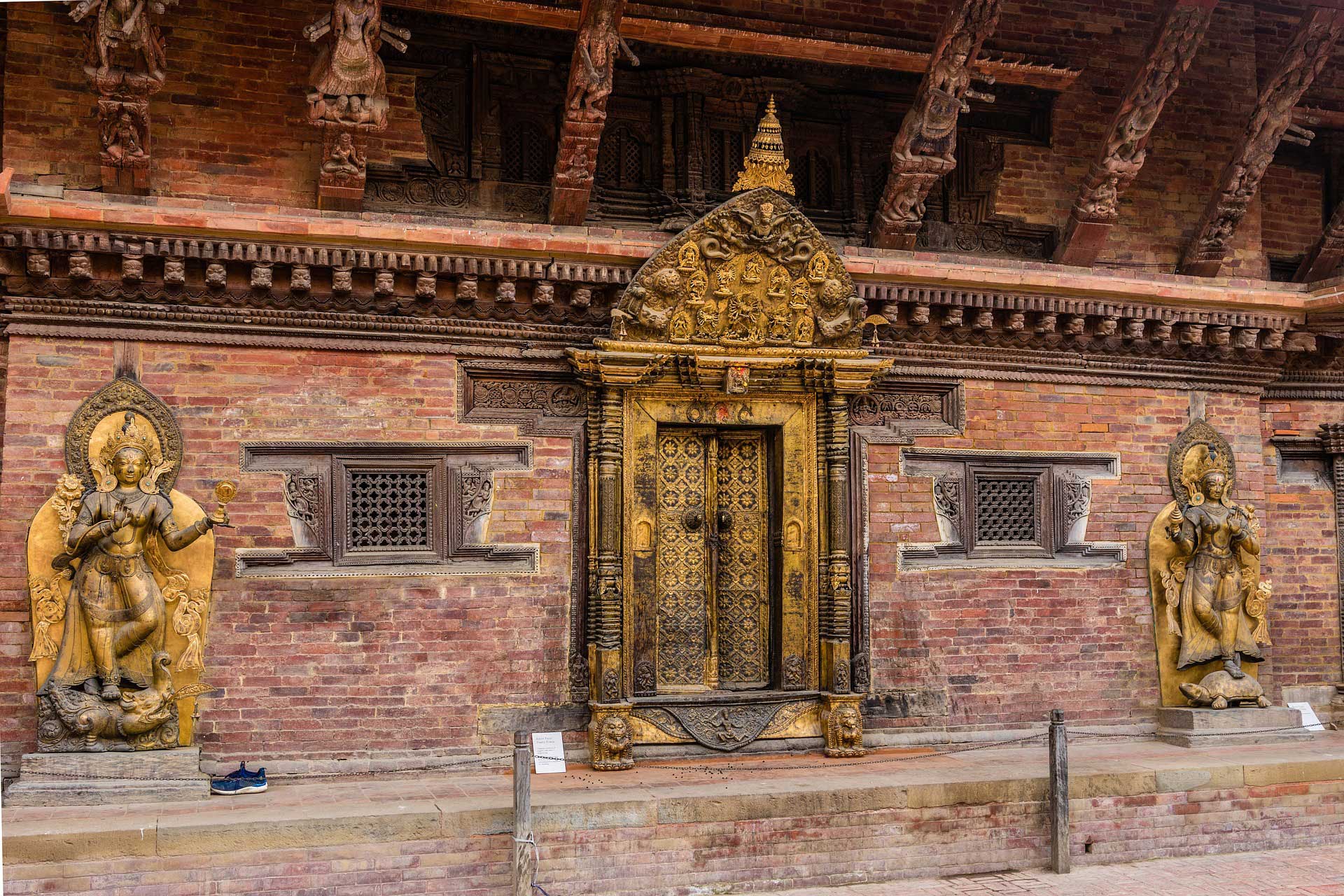
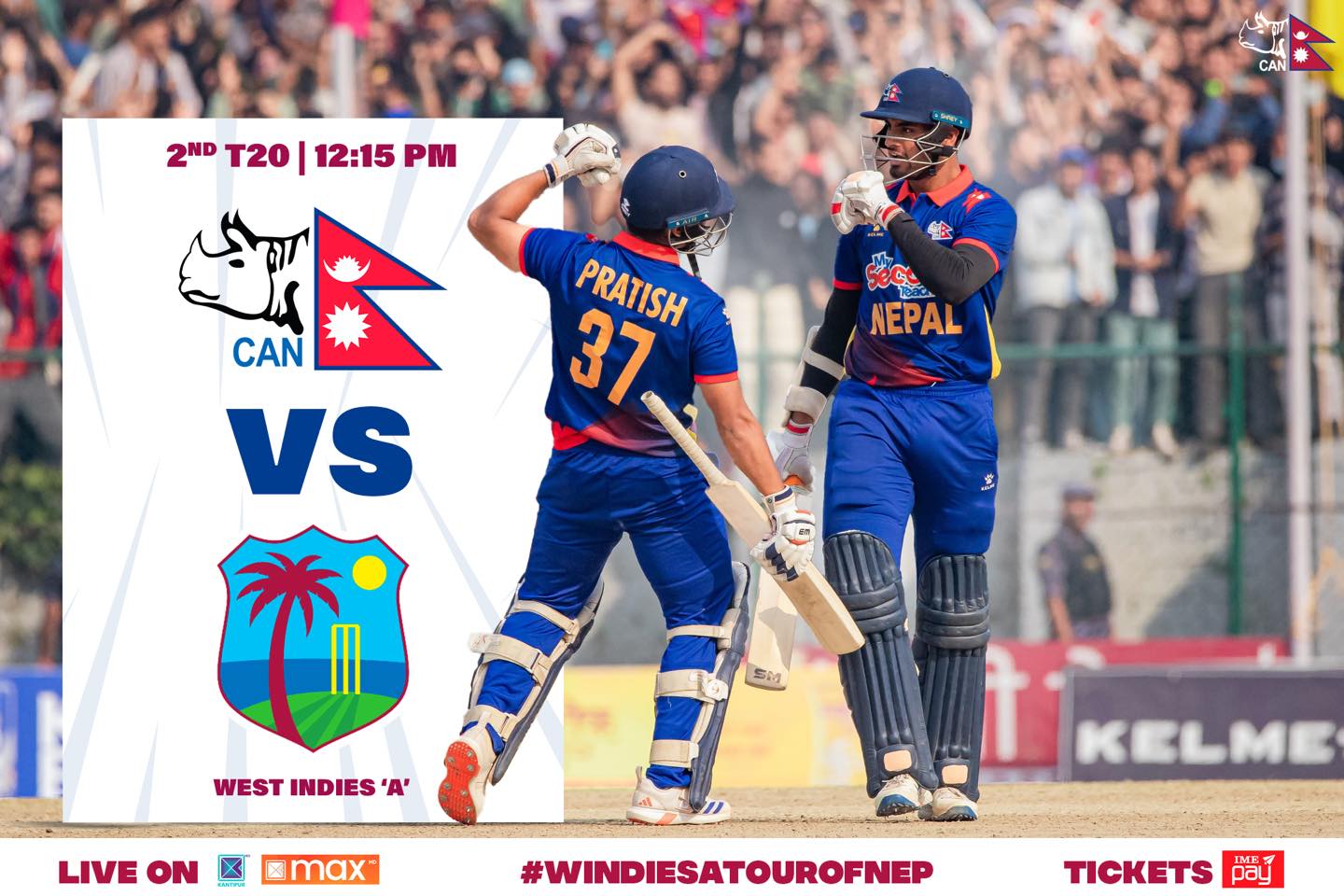
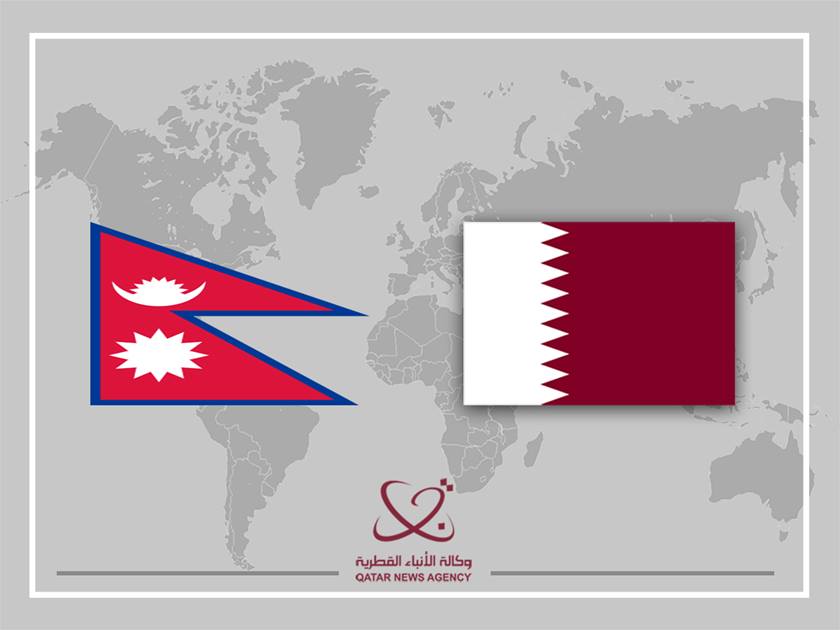

Nice